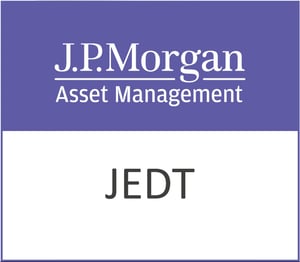Pearson PLC (PSON.L), a stalwart in the publishing industry, stands as a significant player in the realm of educational services. With a market capitalisation of $7.77 billion, this London-headquartered company is firmly rooted in the Communication Services sector, specialising in the provision of educational courseware, assessments, and services across the globe.
Currently trading at 1172.5 GBp, Pearson’s stock price has seen a relatively stable performance, moving within a 52-week range of 930.00 to 1,379.00 GBp. Despite a negligible price change recently, analysts highlight a potential upside of 15.01%, with the average target price set at 1,348.44 GBp. This positions Pearson as a stock to watch, particularly with a blend of buy and hold ratings from analysts—three buy and six hold recommendations, with no sell ratings.
In terms of valuation, the numbers present a mixed picture. The absence of a trailing P/E ratio and a notably high forward P/E of 1,600.07 suggests that investors are paying a premium for future growth expectations. However, with a modest revenue growth of 0.20% and an EPS of 0.64, the company appears to be in a transformative phase, potentially justifying its high forward P/E for its anticipated steady long-term growth.
Pearson’s operational efficiency is further underscored by its return on equity at 10.82%, complemented by a robust free cash flow of £457.75 million. This financial resilience is mirrored in its dividend yield of 2.05% and a conservative payout ratio of 36.38%, offering a reliable income stream for dividend-focused investors.
From a technical perspective, Pearson shows signs of consolidation. The stock’s 50-day moving average is 1,264.04 GBp, slightly above its current price, while the 200-day moving average sits at 1,169.88 GBp. The Relative Strength Index (RSI) at 40.31 indicates that the stock is neither overbought nor oversold, suggesting potential stability in its current trading range. However, the MACD and Signal Line, at -26.62 and -29.66 respectively, may signal bearish momentum, warranting careful monitoring for short-term traders.
Pearson’s diversified business model, segmented into Assessment & Qualifications, Virtual Learning, English Language Learning, Workforce Skills, and Higher Education, allows it to tap into various educational needs globally. The company’s strategic focus on digital and virtual learning solutions positions it well to adapt to the evolving demands of the education sector, especially in the post-pandemic world.
Founded in 1844, Pearson has consistently evolved, embracing technological advancements to enhance its service offerings. As the company continues to innovate and expand its digital footprint, it remains a compelling option for investors seeking exposure to the education industry’s potential for growth and transformation.






































